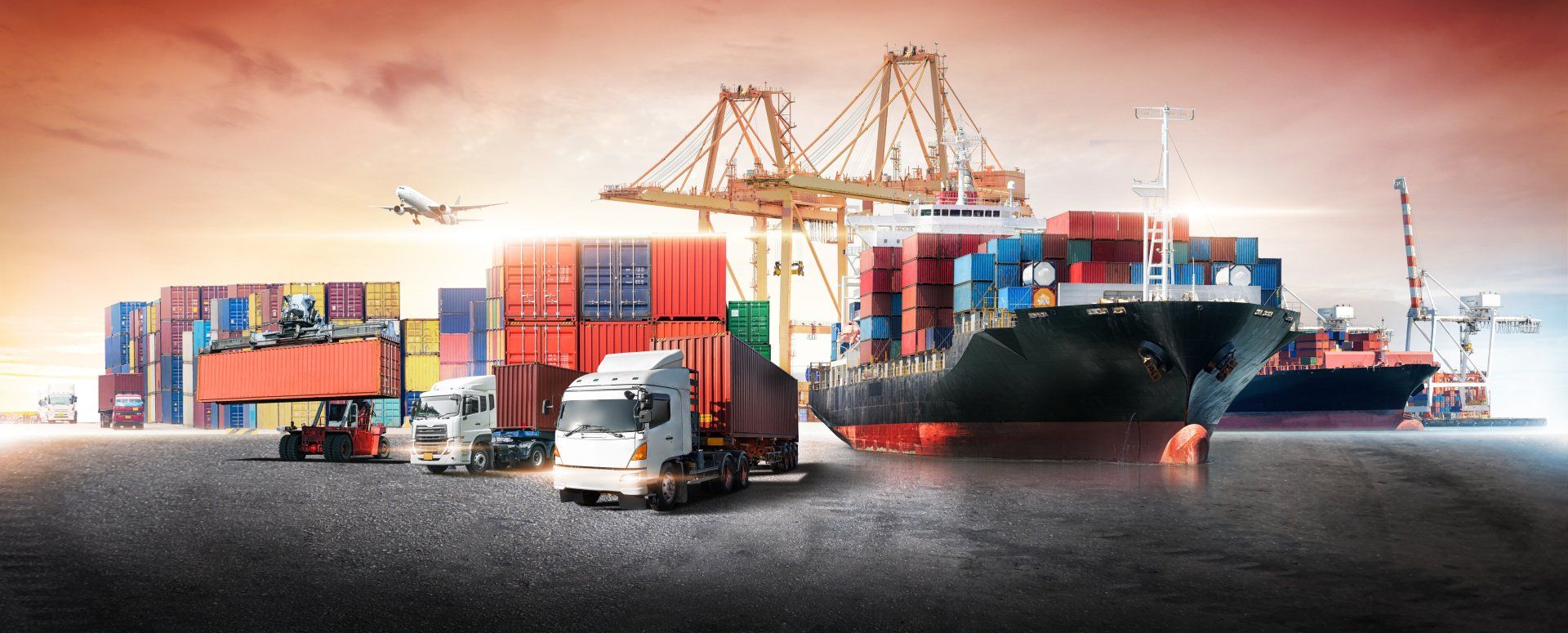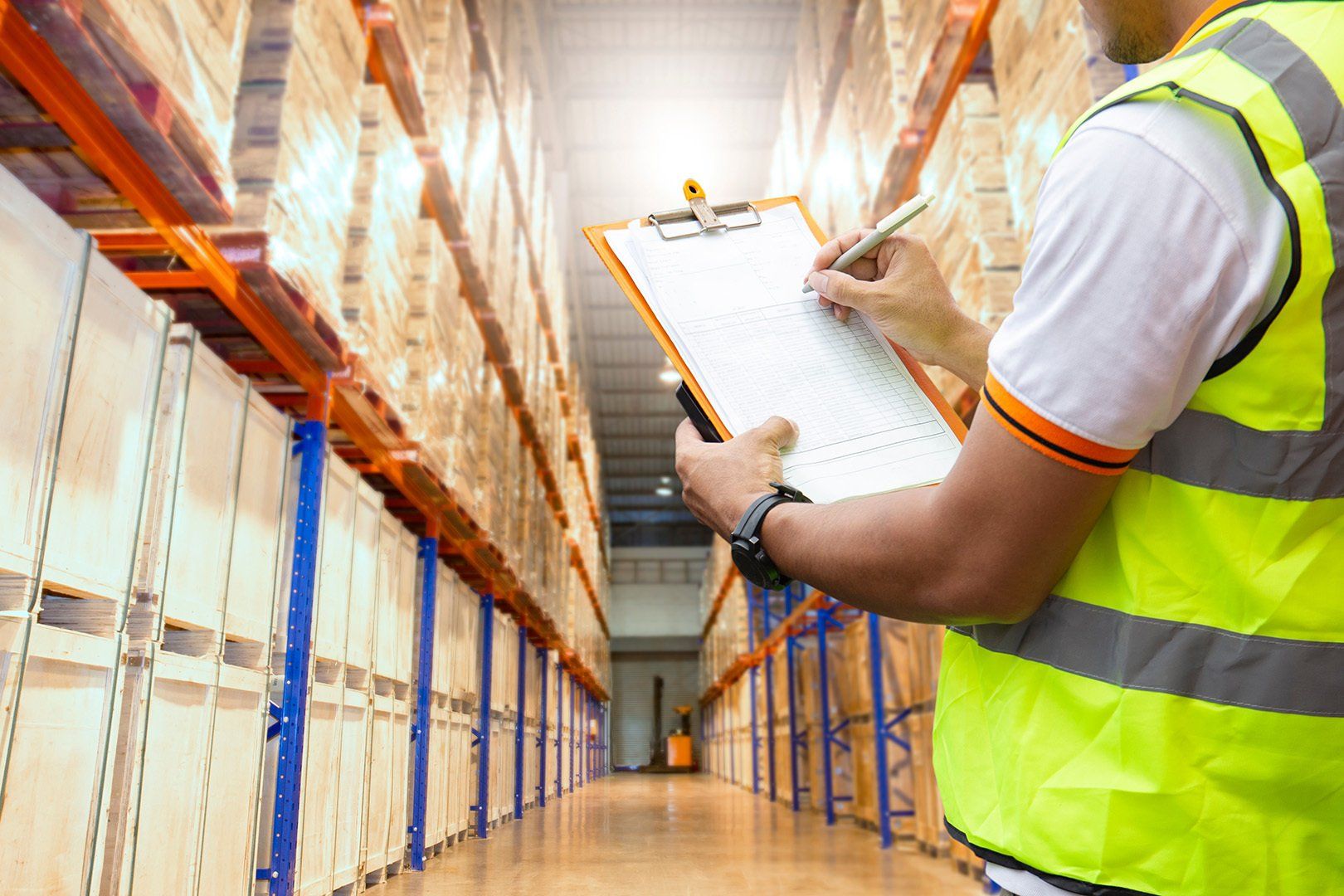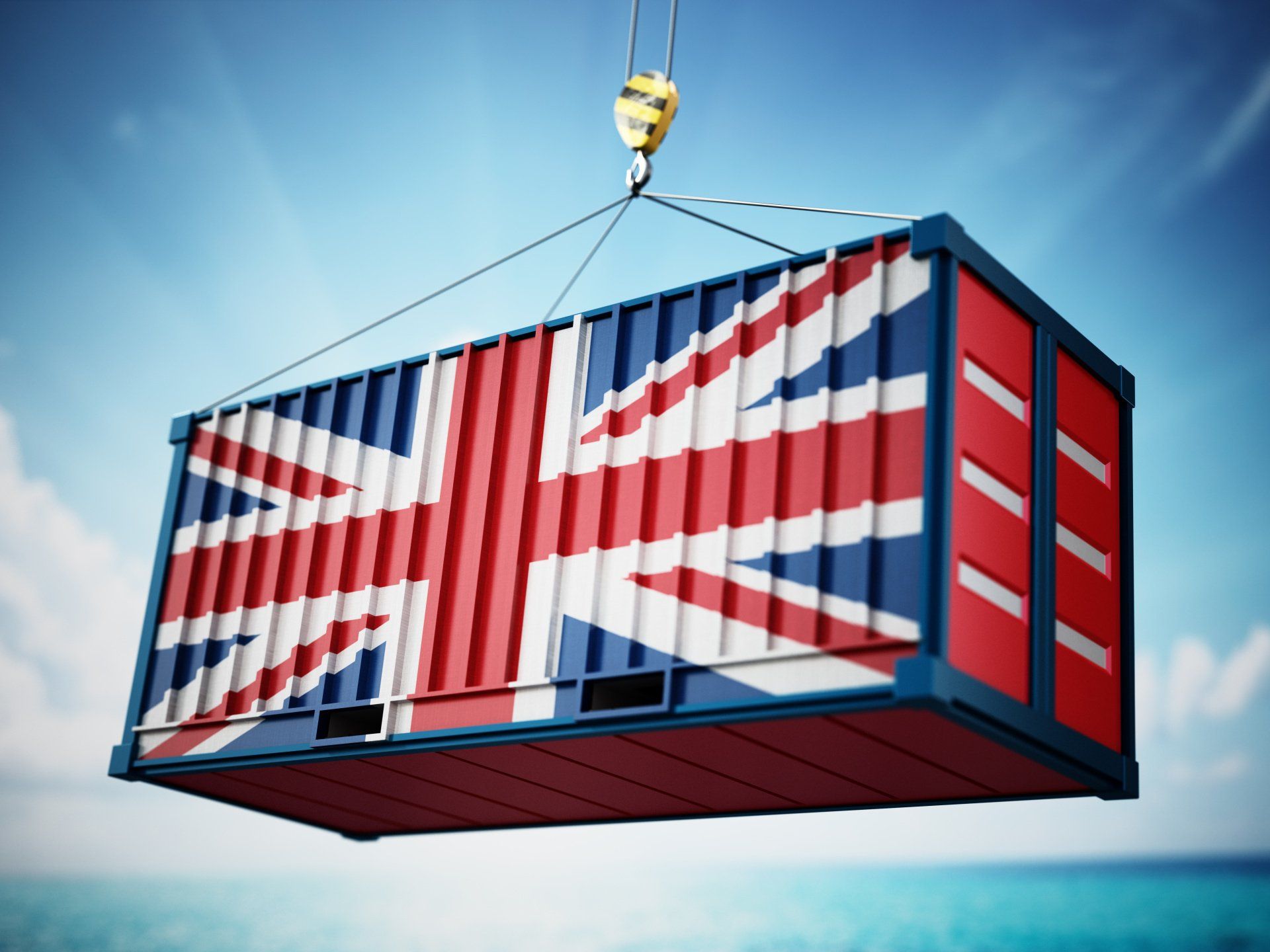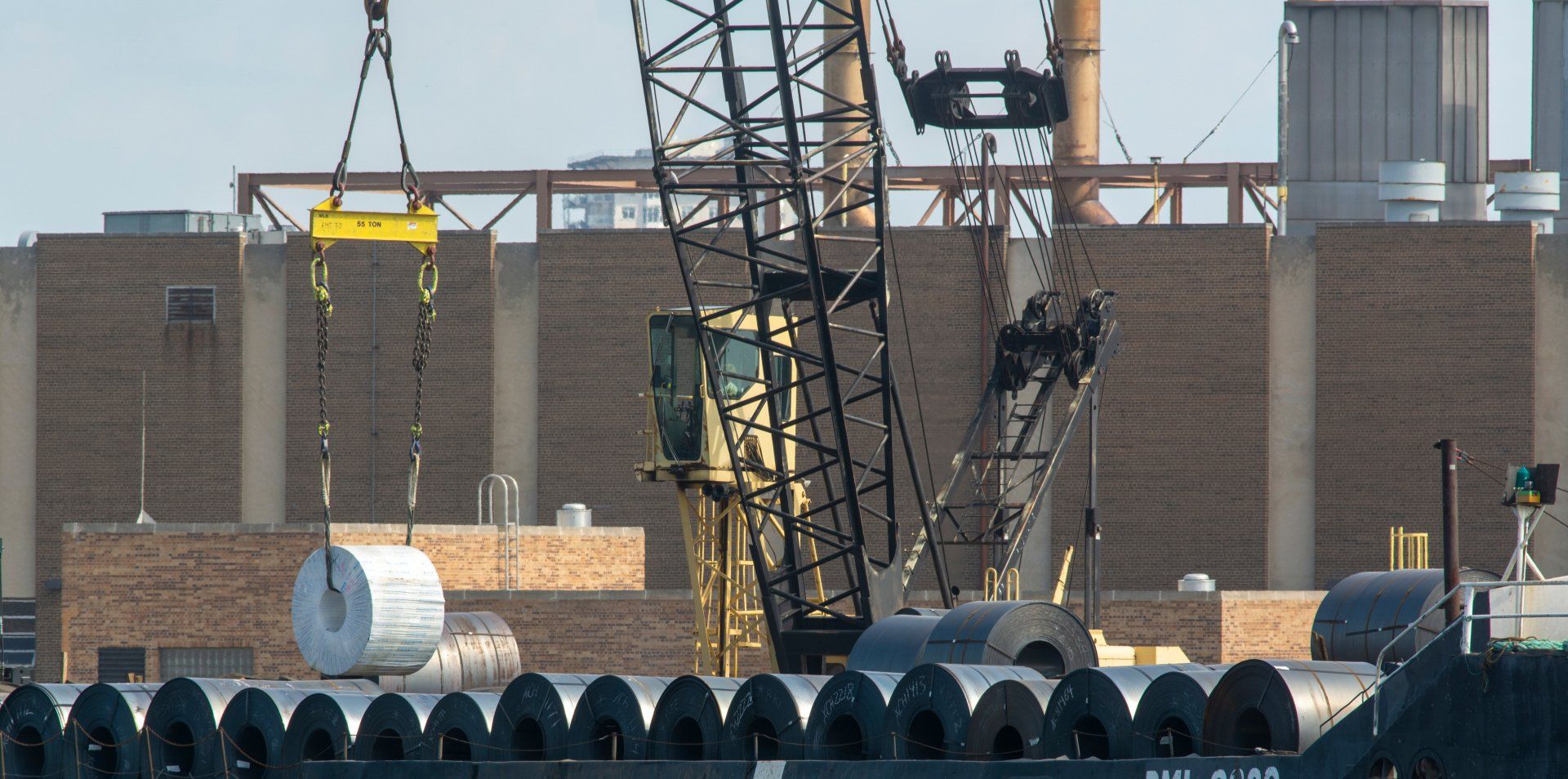Export Licence UK: The Essentials You Need To Know
If your business is planning to trade internationally, one of the very first things to do is to check whether you need a licence to export. Not every business needs a licence to send products abroad, but it all depends on the good you want to export and where you’re sending them to.
In this blog, we’ll cover (like the title suggests) all the essentials you need to know about UK export licences, including who needs one and how to apply.
What is an export licence?
These are licences designed to regulate and control certain types of goods entering and leaving the UK borders. This means that businesses planning to export any of the following goods will need to get an official export licence, issued by the UK’s Export Control Organisation (ECO).
Which goods require an export licence?
- Animals (livestock) or animal products
- Antiques and other goods of cultural significance
- Art works
- Chemicals
- Diamonds
- Drugs, medicines or medical devices
- Military firearms, ammunition or related equipment
- Pesticides
- Plants or plant products
- Radioactive substances
- Vehicles
Other factors to consider when understanding whether or not you need a licence will also depend on the destination the products are going to, and their use once they've arrived at the destination.

What types of UK export licence are there?
If you’re exporting any of the goods listed above, even as a one-off, you’re likely to need an export licence. But there are various different types available to you, they are:
1. Standard Individual Export Licence (SIEL)
A licence for the export of a set quantity of specified goods to a particular importer outside of the UK.
2. Open Individual Export Licence (OIEL)
A licence covering more than one shipment of the listed controlled goods to particular destinations. With this kind of licence, you’re likely to need a trackable record as a licensed exporter to get one.
3. Open General Licence (OGL)
This licence covers the exporting of specific goods to a wider range of destinations. An OGEL is usually used for less restricted and regulated types of goods.
4. European Union General Export Authorisations
These licences are the European equivalent of the national system of Open General Licences (OGLs) issued under export control law specifically designed to licence dual-use exports - goods, software or technology that can be used for either civil or military purposes with which EU has a responsibility for issuing legislation.

How can I check if I need an export licence?
The rules around exporting to other countries outside of the UK can be complicated, especially after Brexit. If you’re planning to export products to the EU, you’ll need to fully understand the latest requirements and regulations. You can find the information and guidance you need about UK export licences on the Government’s website. This includes the type of licences available, restrictions on certain goods and which issuing bodies you’ll need to apply to.
Another way to check if you’re unsure whether you’ll need a licence to export your goods out of the UK, is to visit the Export Control Organisation (ECO) website. There you’ll find the information you need, along with some handy export licence checker tools no other site has.
How can I apply for a UK export licence?
Once you’ve checked the government website and had a look at the export licence checker tools, head to the
SPIRE portal. This is the Export Control Organisation’s central online licensing system, where you can apply for the licence you need and attach all documentation required for the process.














